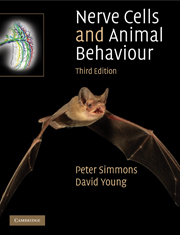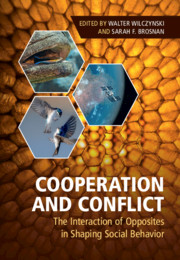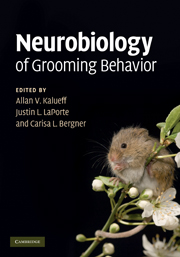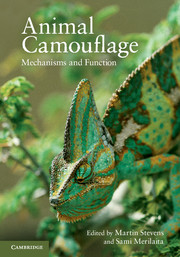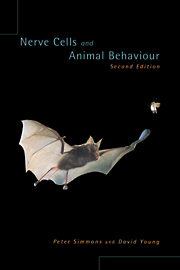Nerve Cells and Animal Behaviour
An extensively revised third edition of this introduction to neuroethology - the neuronal basis of animal behaviour - for zoology, biology and psychology undergraduate students. The book focuses on the roles of individual nerve cells in behaviour, from simple startle responses to complex behaviours such as route learning by rats and singing by crickets and birds. It begins by examining the relationship between brains and behaviour, and showing how study of specialised behaviours reveals neuronal mechanisms that control behaviour. Information processing by nerve cells is introduced using specific examples, and the establishing roles of neurons in behaviour is described for a predator-prey interaction, toads versus cockroaches. New material includes: vision by insects, which describes sensory filtering; hunting by owls and bats, which describes sensory maps; and rhythmical movements including swimming and flying, which describes how sequences of movements are generated. Includes stunning photographs which capture the detail of the behaviour.
- Explains mechanisms of animal behaviour in a style suitable for students with no previous detailed knowledge of neurophysiology
- New features include: chapter summaries and end of chapter questions to stimulate thought and discussion; photographs and redrawn figures illustrate and bring to life particular behaviours
- Chapters are completely revised or rewritten to include most recent developments in animal behaviour
Product details
May 2010Paperback
9780521728485
294 pages
246 × 188 × 14 mm
0.63kg
137 b/w illus.
Available
Table of Contents
- 1. Organisation of animal behaviour and of brains - feeding in star-nose moles and courtship in fruit flies
- 2. Signals in nerve cells - reflexes in mammals and insects
- 3. Neuronal mechanisms for releasing behaviour - predator and prey: toad and cockroach
- 4. Neuronal pathways for behaviour - startle behaviours and giant neurons in crayfish and fish
- 5. Eyes and vision - sensory filtering and course control in insects
- 6. Sensory maps - hunting by owls and bats
- 7. Programmes for movement - how nervous systems generate and control rhythmic movements
- 8. Changes in nerve cells and behaviour - learning in bees and rats
- swarming in locusts
- 9. Nerve cells and animal signalling - songs of crickets, electric fish and birds.

